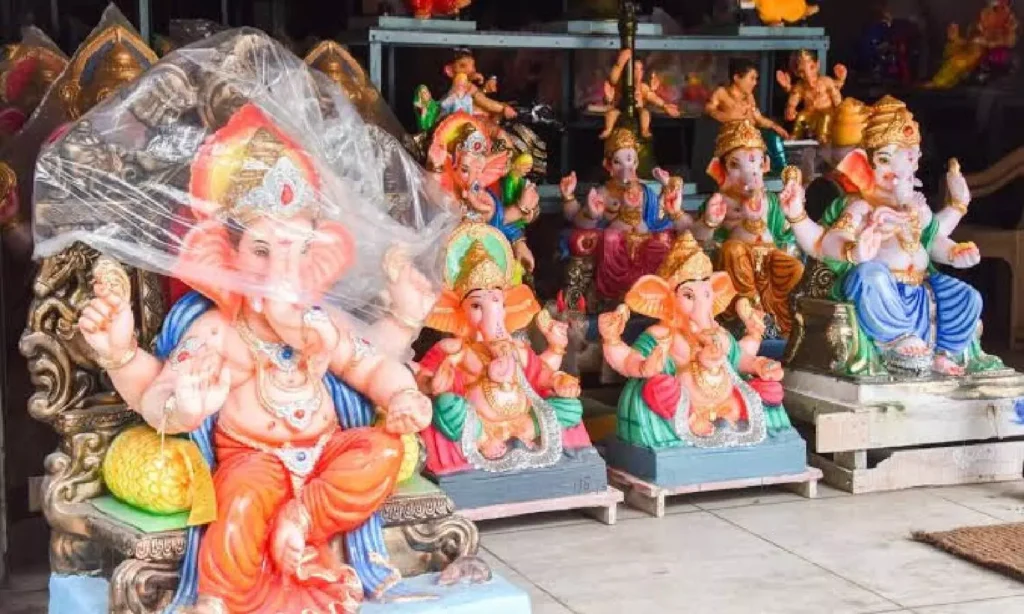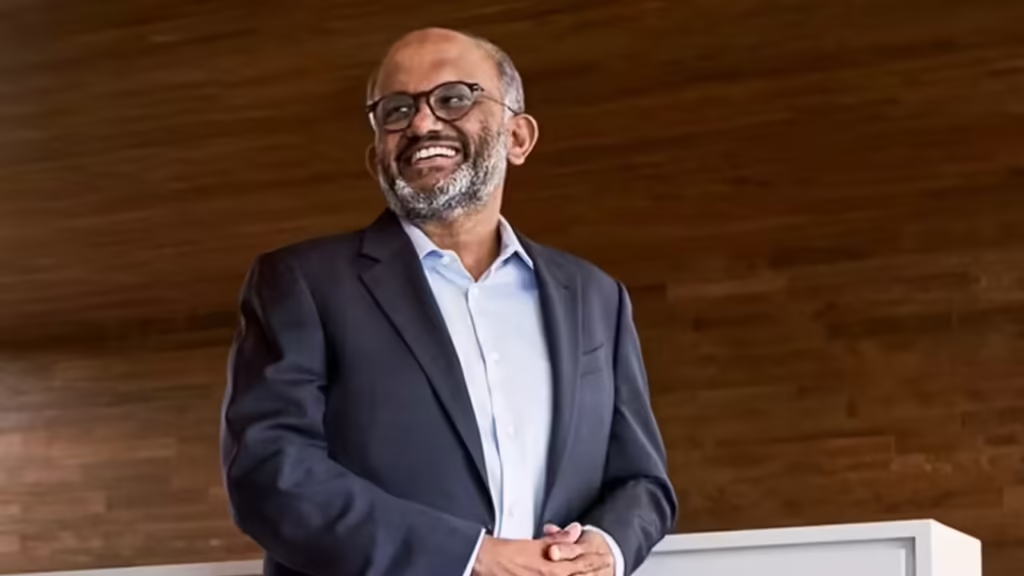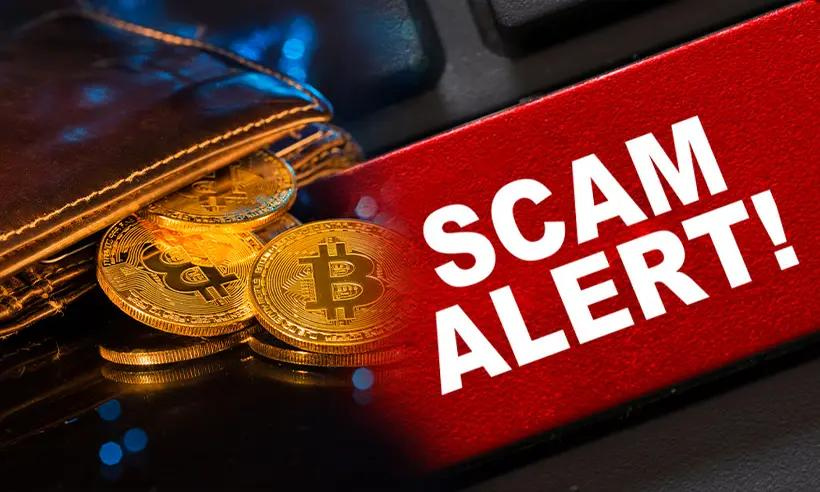Now Reading: Futures Trading in India: Top Platforms, Real Gains, and the Hidden Risks
-
01
Futures Trading in India: Top Platforms, Real Gains, and the Hidden Risks
Futures Trading in India: Top Platforms, Real Gains, and the Hidden Risks

Futures trading has taken off in India, especially among young investors and traders looking to bet on price movements without owning the underlying asset. With just a smartphone and a trading app, anyone from Jaipur to Nagpur can now access these high-leverage markets. But while the upside looks tempting, there’s a regulatory grey zone that many don’t fully understand—and it’s becoming riskier with every trade.
What Exactly Is Futures Trading?
In simple terms, futures are contracts that allow you to buy or sell an asset at a future date for a fixed price. You’re not actually buying a stock or crypto—you’re betting on where its price will go. If you guess right, profits can be big. But if you’re wrong, losses can pile up fast, especially with leverage.
For retail traders in Tier 2 and Tier 3 cities, this kind of fast-paced trading feels like a shortcut to wealth. But without proper knowledge, it’s just as easy to lose lakhs as it is to gain them.
Where Are Indians Trading Futures?
Several platforms now allow Indians to trade in futures across different assets—stocks, indices, commodities, and even crypto. Platforms like Zerodha, Upstox, and Angel One dominate traditional markets. On the crypto side, global platforms like Binance and Bybit attract a huge Indian user base, even though they aren’t regulated by Indian authorities.
This is where things get murky. While stock-based futures are overseen by SEBI, crypto futures on offshore platforms exist in a regulatory vacuum. And that’s risky territory.
The Regulatory Challenge
Futures trading is legal in India—but only if it happens on SEBI-regulated exchanges. Crypto futures? Not yet legal, not fully illegal either. Many users find workarounds with VPNs or peer-to-peer platforms. The problem is, if things go wrong—like a hack, a withdrawal freeze, or even just an error—there’s no legal backing for recovery.
Moreover, the tax treatment of gains from crypto futures isn’t fully clarified. Some traders report it as capital gains, others as business income. This confusion can lead to trouble during audits.
Why This Appeals to Tier 2 Cities
In smaller cities where traditional job opportunities may be limited, online trading offers freedom, flexibility, and the hope of fast income. Influencers and Telegram groups make futures trading look like a daily money machine. But most newcomers don’t understand risk management, position sizing, or the fine print of margin calls.
The dream of quick profits can quickly turn into a cycle of losses and debt.
How to Trade Smarter (If at All)
If someone still wants to try futures, experts suggest starting with SEBI-regulated platforms and avoiding crypto futures altogether unless rules become clearer. Use demo accounts first. Avoid over-leveraging. And never risk money you can’t afford to lose.
Understanding taxation, platform reliability, and real market trends is far more important than following social media tips.
Conclusion
Futures trading is not inherently bad—it’s just not as simple as it looks. For Indian users, especially from Tier 2 towns entering the financial world for the first time, knowing the boundaries between opportunity and danger is crucial. Regulation is catching up, but until then, education is your best safeguard.

























